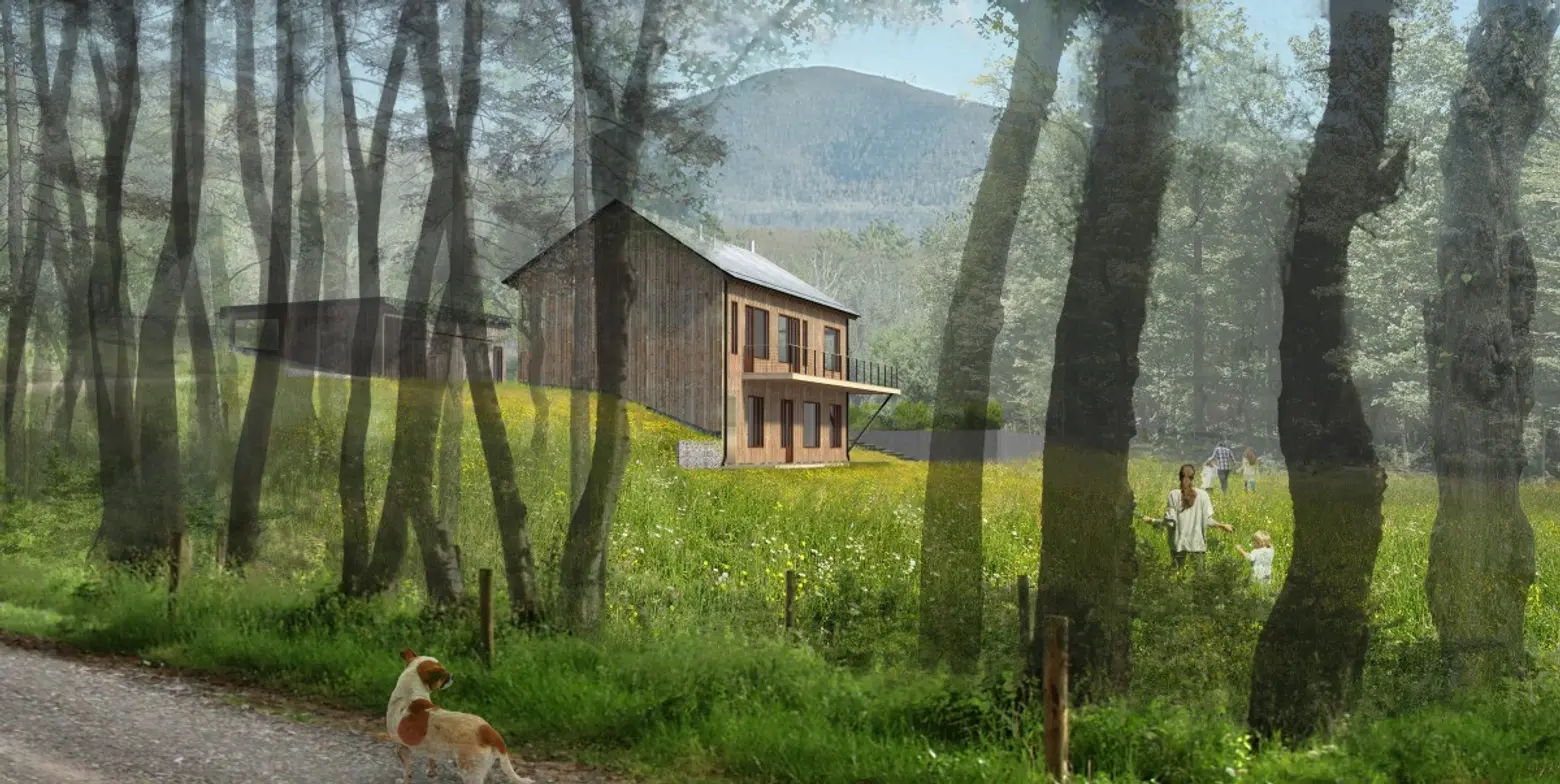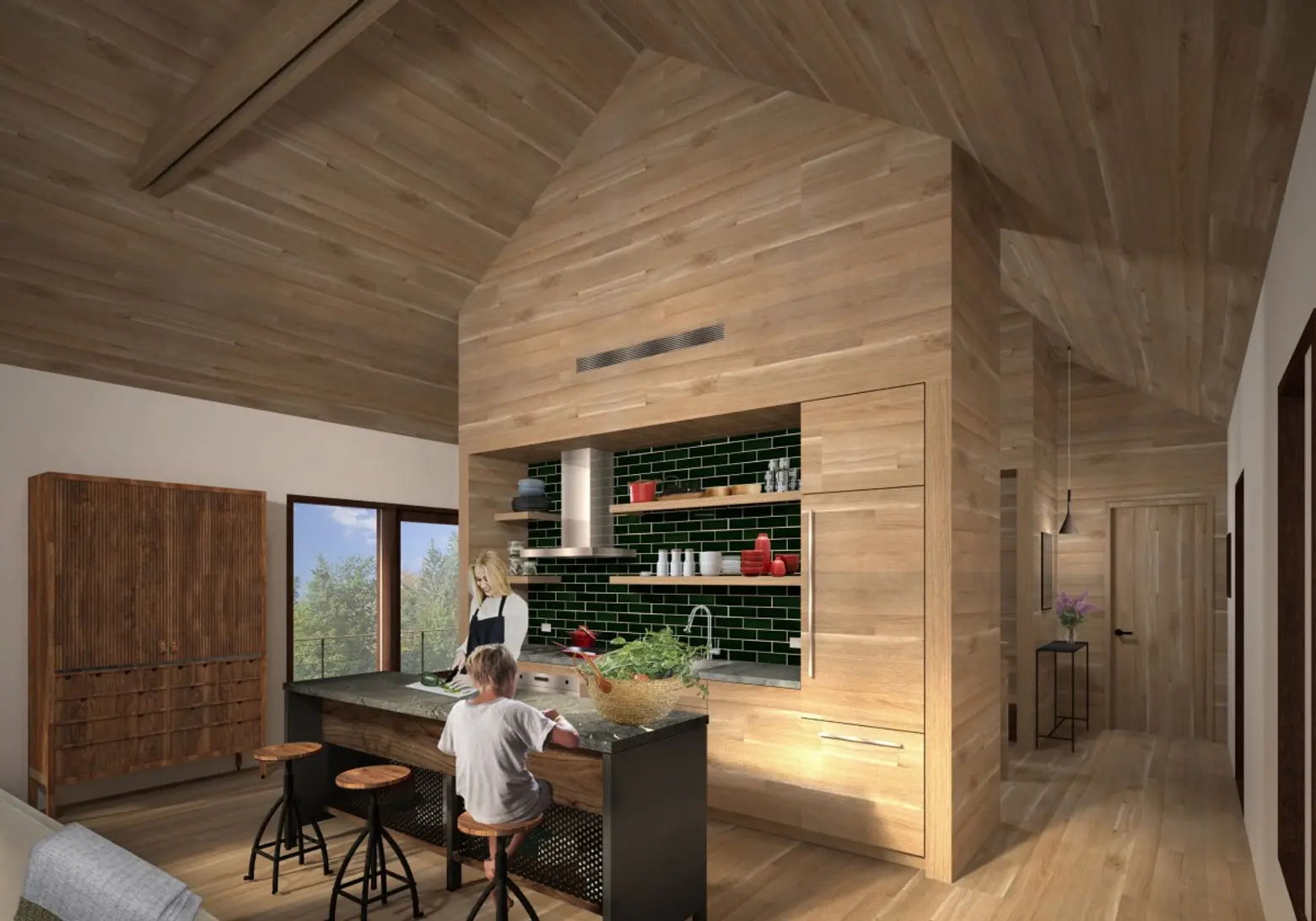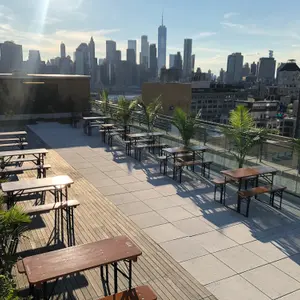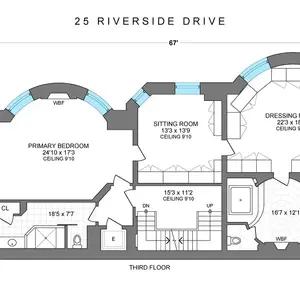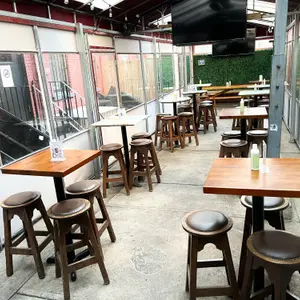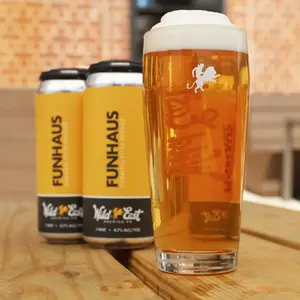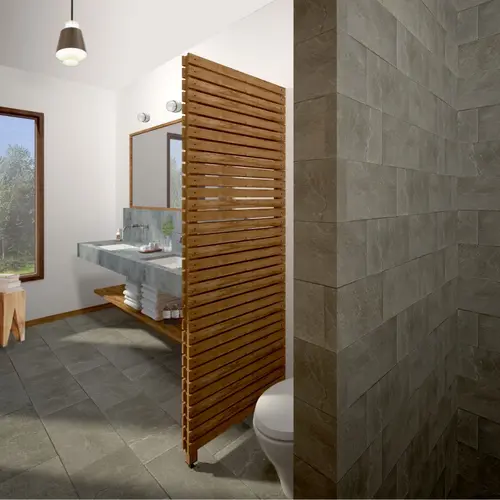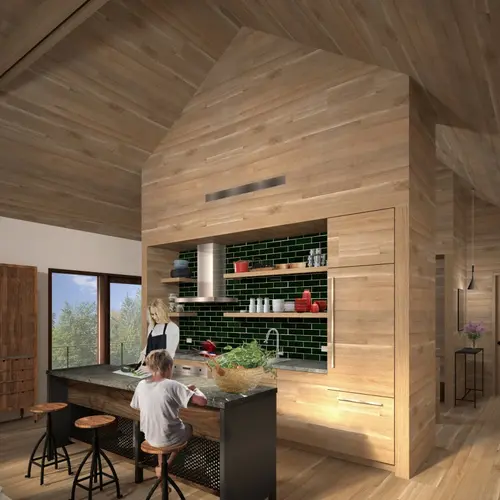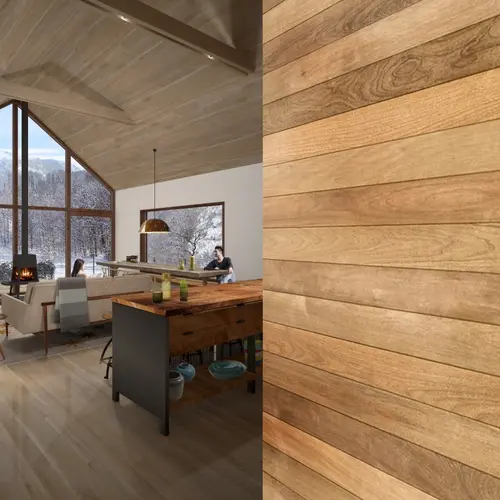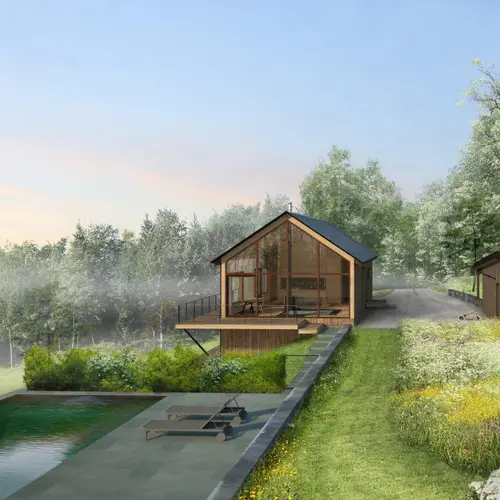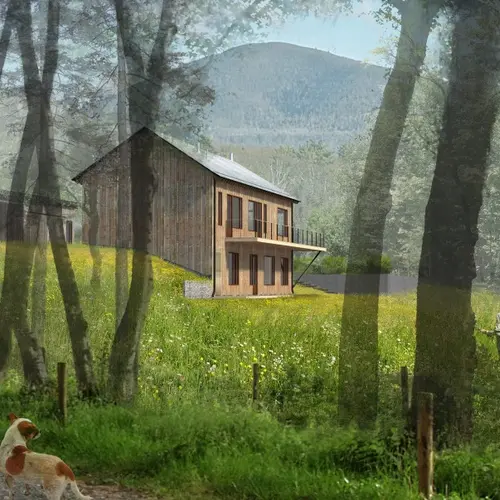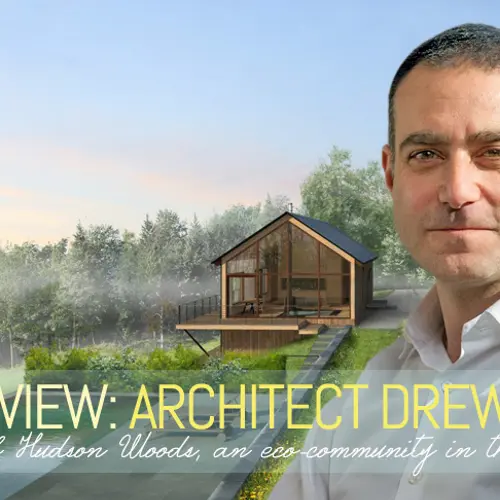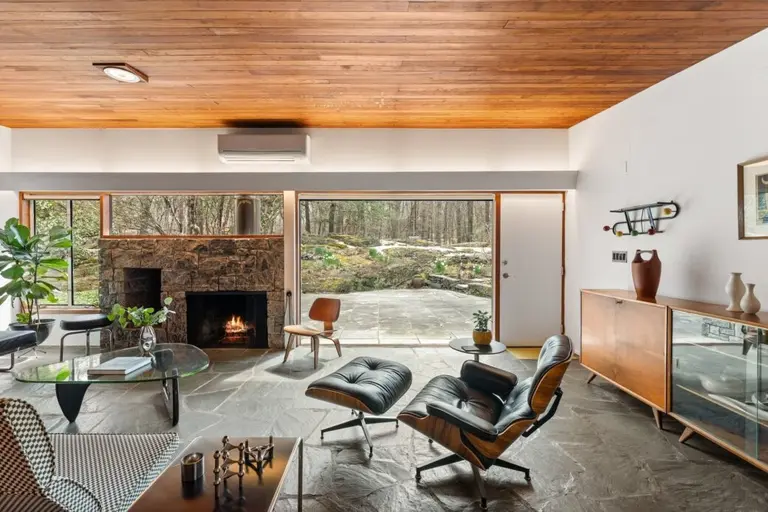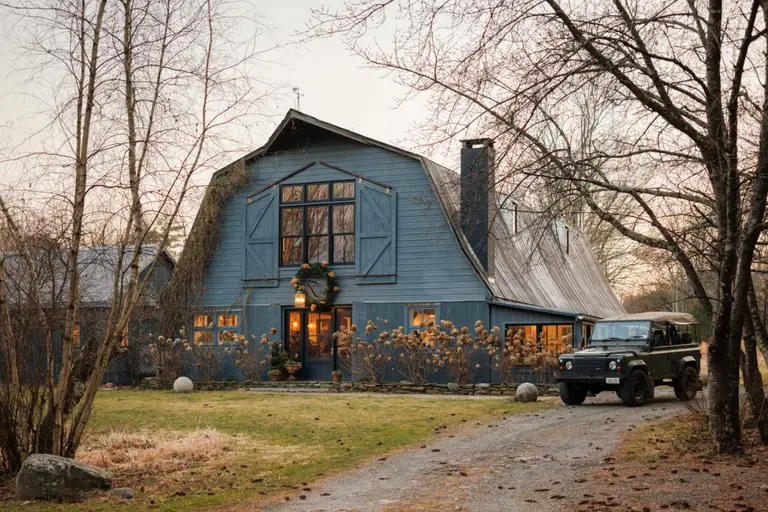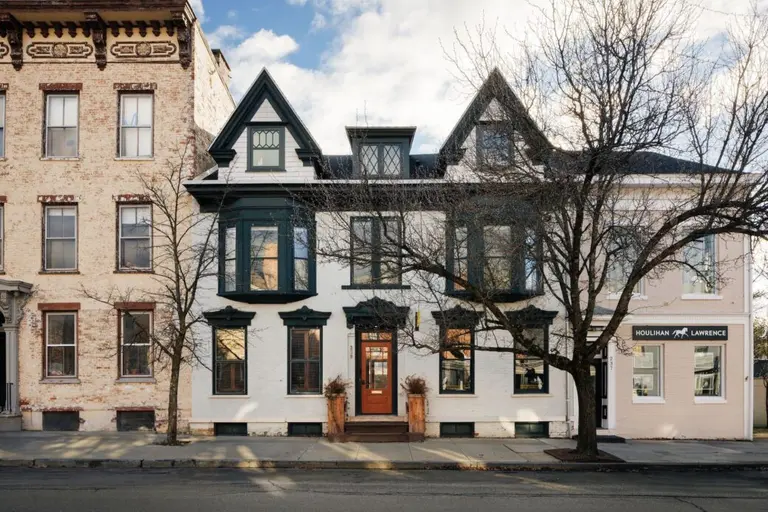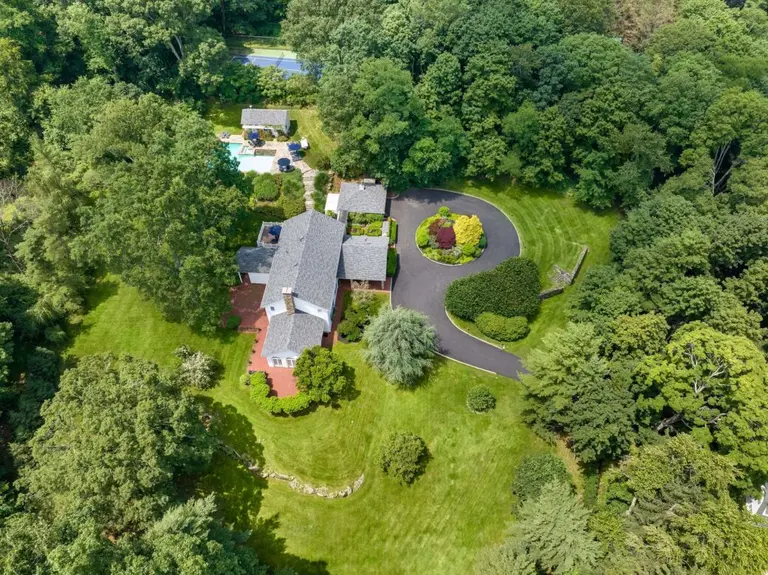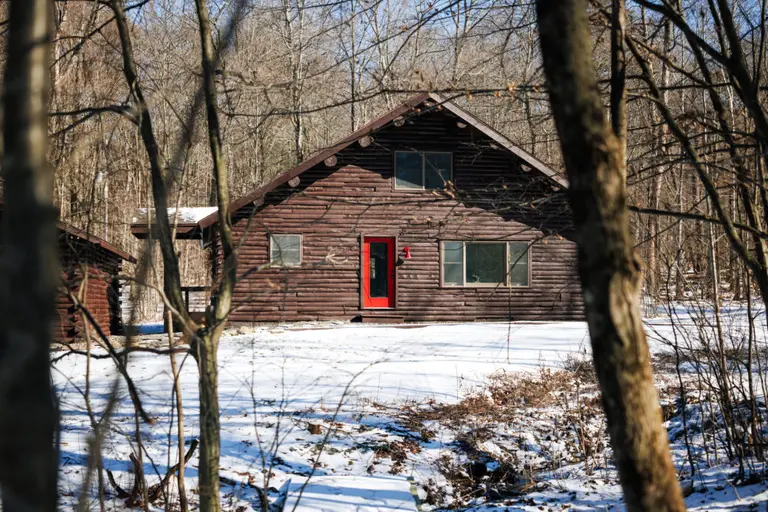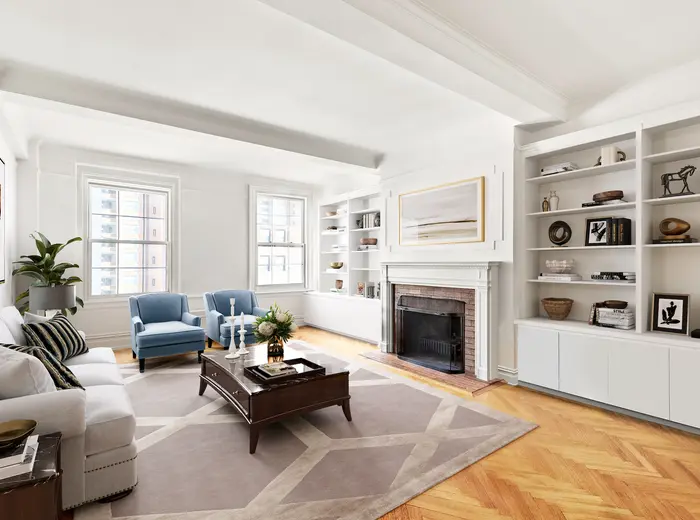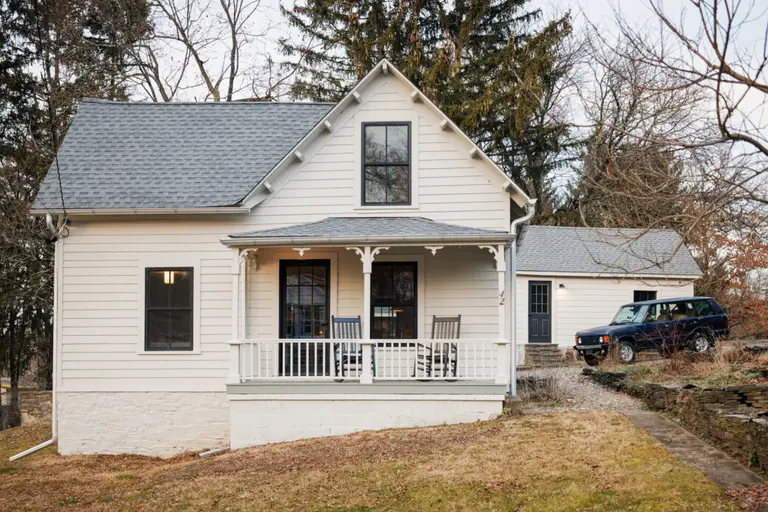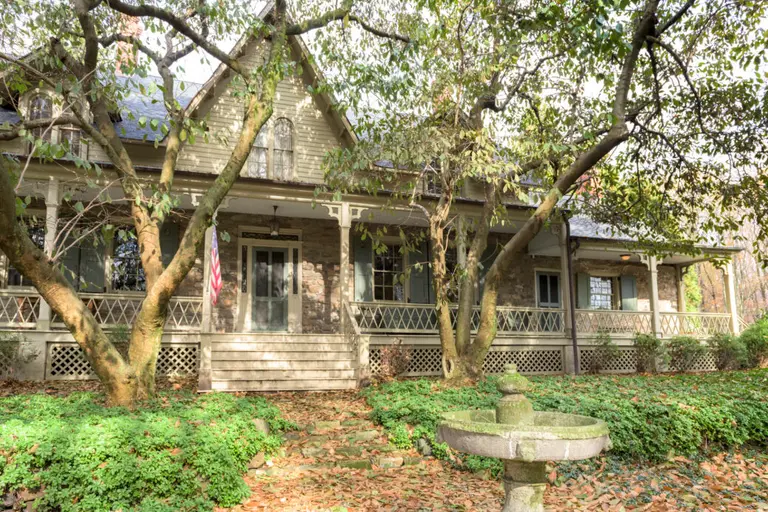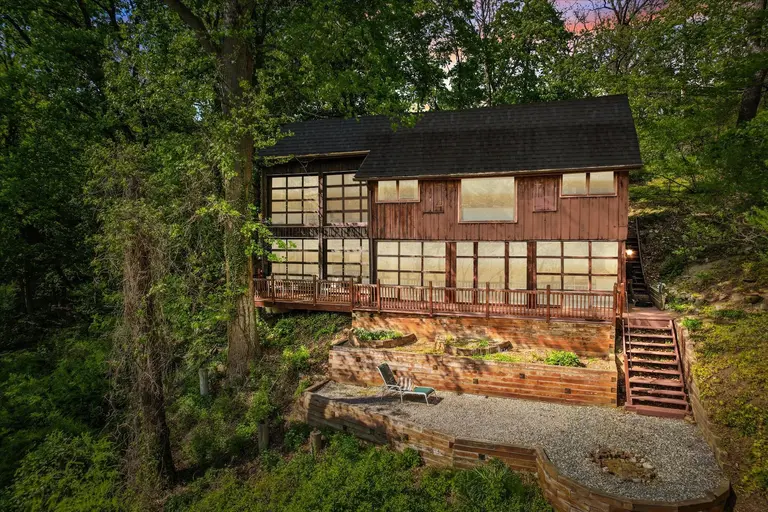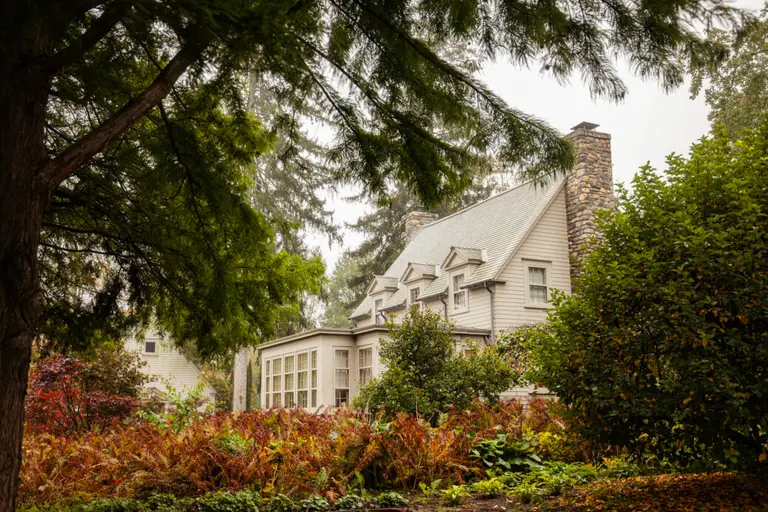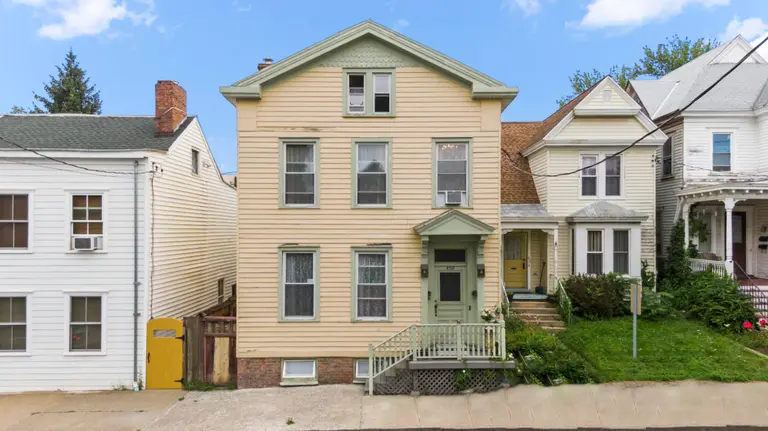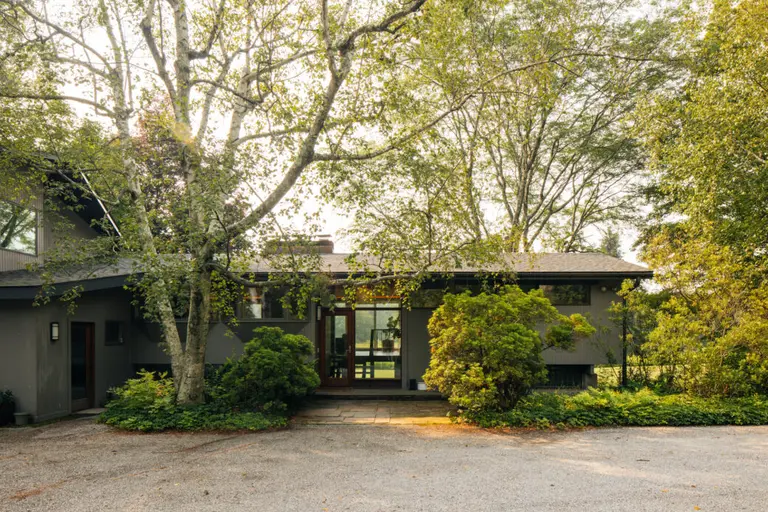INTERVIEW: NYC Architect Drew Lang Gives Us the Scoop on Hudson Woods, A Private Eco-Community in the Catskills
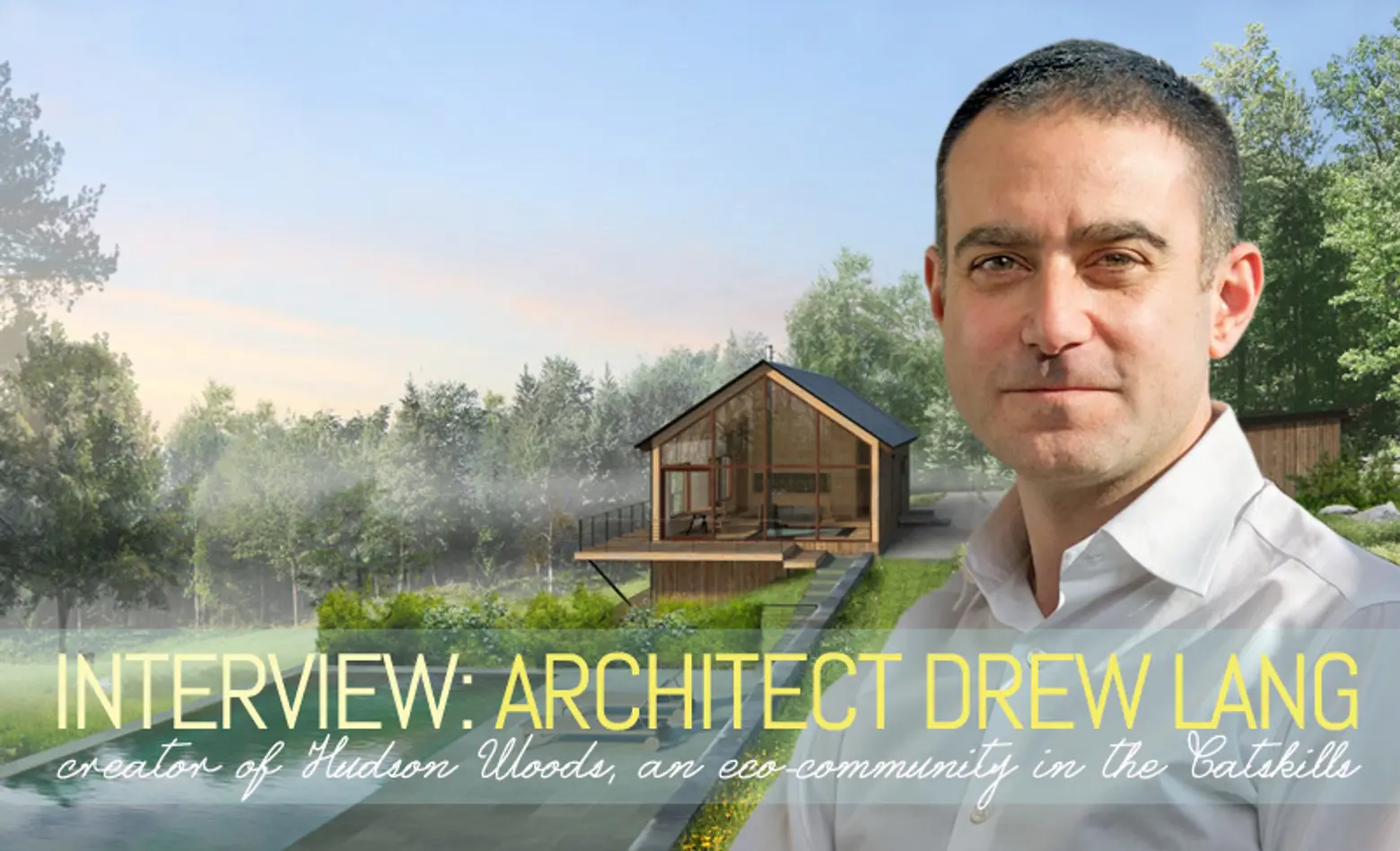
Move over Hamptons — there’s a new second-home hotbed for New Yorkers: the Catskills. The four-season destination has been growing in popularity over the past several years, but is now reaching new heights thanks to Drew Lang and Lang Architecture‘s forest getaway community Hudson Woods. Located in Kerhonkson, New York, just two hours from New York City, the 131-acre development will feature 26 sustainably designed, site-specific dwellings, each located on its own spacious lot. Buyers can personalize their homes with curated upgrades including a pool and pool house, outdoor kitchen, vegetable garden, fruit tree grove, treehouse, and solar power energy system, among other things.
Hudson Woods’ tagline is “where design meets nature,” and one look at the site makes this statement ring true. We sat down with Drew Lang to get an inside take on the project, and to learn more about the increasingly sought after Catskills community.
Drew Lang “creates buildings and spaces that engage the senses and heighten experience in everyday life. He embraces history and place and forges progressive and distinctive works of architecture.” His passion for buildings and design, specifically the relationship between nature and the built environment, began in his birthplace of New Orleans. He received a Master of Architecture degree from Yale University in 1997 and established his independent practice in 2003. He also founded a New Orleans-based non-profit organization, the Faubourg St. Roch Project (FSRP), with the mission of holistically revitalizing the historic St. Roch neighborhood of New Orleans. Now he’s taken this love of place-specific architecture and applied it to Hudson Woods.
How did you get involved with the Hudson Woods project?
Drew: We initiated the project, came up with the concept, and searched for the right piece of property. We explored other areas as well, but chose the land in Kerhonkson. We then went out to investors to raise funds and launched the project with us as the developer, architect, and contractor. I’ve always had a connection to nature and beautiful places.
What do you think draws New Yorkers to the Catskills as opposed to other weekend-escape locations?
Drew: Broadly speaking, it’s a four-season destination that’s low key and a place where you can really relax and connect with friends and family. There are endless offerings along cultural and historic lines and many options in the way of fresh foods and organic farming. I think the Catskills tends to be more plentiful in these things than other upstate areas. Also, Ulster County is closer to the river and New York City. It’s remote, but it’s not too remote, so you get both peace and quiet and connectivity when you want it.
What is your favorite neighborhood spot in the Catkills, and what do you love doing when you’re upstate?
Drew: My favorite spot is the Saunderskill Farm Market. I love to be up there with my son and go apple or berry picking and do things that have to do with outdoor activity and food. And watching the seasons change; they’re really dramatically different, and you sense it much more than you do in the city.
You say that your mission is to create authentic, meaningful experiences at every turn—how does this factor into Hudson Woods?
Drew: What we’re doing on the one hand is maintaining nature as we found it and doing as little as possible. On the other hand, with the architectural interventions that we’re making, we’re taking a strategy to integrate them into nature and the landscape.
How did you decide on the simple, vernacular style of the 26 homes?
Drew: It was a pretty easy choice to make. Even though we’re modernists, there’s very much an affinity for place and marrying modern architecture with historic architecture. That’s where the vernacular comes in. What it lets us do here is connect us to the place, which is important given what we’re trying to do. It also creates a familiarity for people, but there’s a fine line between that and nostalgia, and we’ve been very careful not to cross it. Related to that is how what we’re building is different from a typical suburban development, which usually takes an approach that’s not sensitive to place and the landscape.
Each home features modern, eco-friendly design constructed from materials sourced from surrounding areas. Can you give some examples of these locally sourced materials?
Drew: It runs the gamut from using materials on the actual site to employing local labor. As much as possible, we’re using rock from the property; there are crushed rock roads, foundations and drainage systems using crushed gravel, and stacked stone walls. For all of our interiors, we’re using woods from a local Pennsylvania forest of the Hickman Lumbar Company. They’ve owned their forest for three or four generations. We use the term “from the source” for a reason. Since the family owns the forest, they do their own forest management, have their own on-site mills, and fabricate their own flooring. There’s no middle man; we’re getting really high-quality products at great prices since we’ve undertaken the construction ourselves and aren’t using a general contractor. We’re using the Hickman’s wood for the tongue-and-groove flooring and ceiling panels, as well as to make all the doors and kitchen cabinetry.
Drew showed me a sample of a front door, and believe me when I tell you, this is some heavy duty wood!
The possible upgrades are very interesting and fun. Is there one that’s been a favorite?
Drew: The pool, for sure; everyone beelines to the pool. And the wood stove. Buyers are also very drawn to some of our more agricultural upgrades like the vegetable garden and fruit tree groves. It’s fun to hear people talk about how they’re going to use things; it makes the project come alive.
In addition to choosing their upgrades, buyers select the roof color, kitchen tile color, and siding material.
Who has been your typical prospective buyer?
Drew: They’re from Manhattan and Brooklyn primarily. A lot are in the arts or creative fields. Most are looking for a weekend or summer home, but some are talking about transitioning so that they live more in the Catskills, while maintaining a presence in city. There are a lot of people who are owners in city, but there’s also plenty of renters who would have this be their primary home that they own. Of course this is a lot for one’s money, whereas in the city that’s kind of impossible to come by.
Okay, final question. What is your favorite element of the project?
Drew: That’s impossible, but it has to be the people. We’re working with dozens of really fantastic, talented, energetic people with rich backgrounds and a lot to bring to the table, like the Hickmans or Samuel Moyer, who’s making all of our kitchen pantries. It’s like anything else; there’s an interesting set of ideas, and what we do is only as good as how we execute it, which we’re doing that much better because of great people.
It’s quite fitting that Drew cites the relationships he’s formed as his favorite part of building Hudson Woods, as what struck us about the development is the inherent sense of community that it fosters.
***
See more of Lang Architecture’s work here. And also check out the official site of Hudson Woods.
(This interview has been edited)
Images courtesy of Lang Architecture
